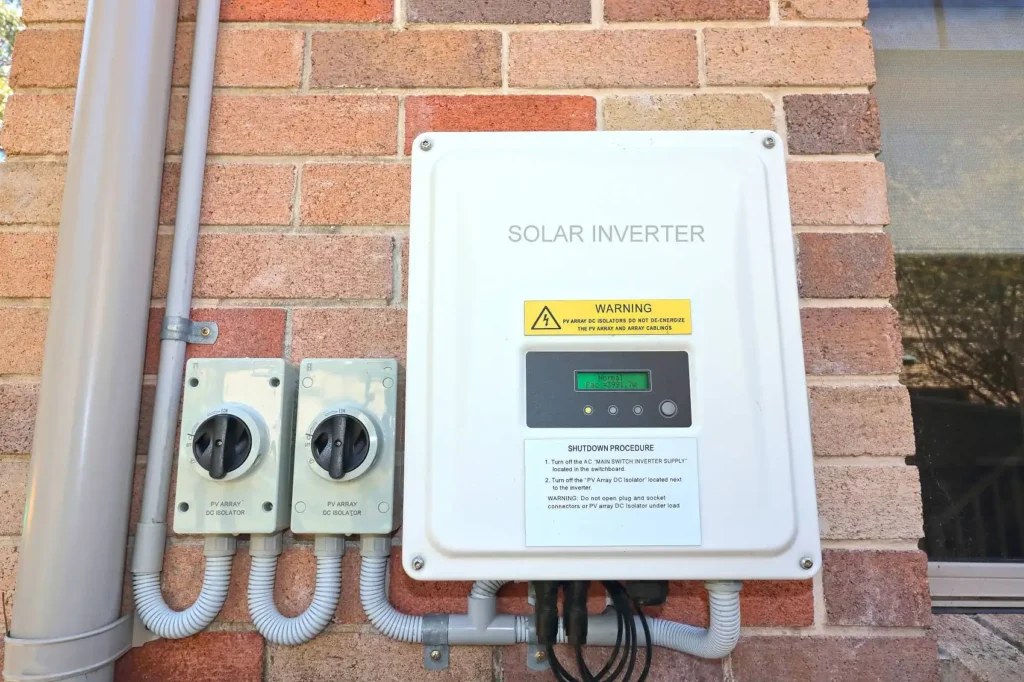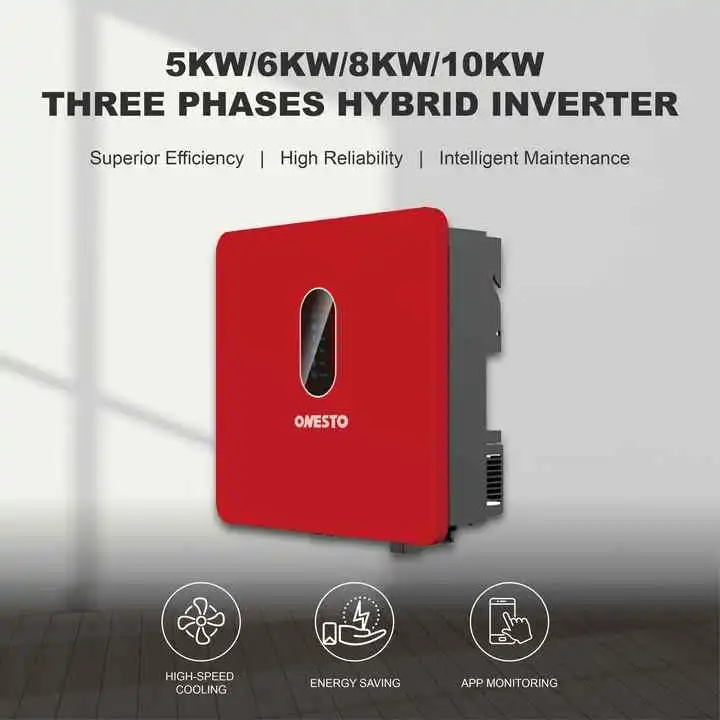With the growing demand for emerging energy and mobile power in our era, 1000W inverters have been extensively applied in fields such as home emergency, outdoor travel, and vehicle power supply due to their high cost performance and extensive applicability. In this post, we will discuss the major functions, applicable equipment, and operational skills of a 1000W inverter to help you get the best use of this power conversion equipment.
What is a 1000W inverter
A 000W inverter typically refers to a continuous output power of 1000 watts (peak up to 2000W), capable of converting 12V/24V/48V DC power (such as car batteries, solar panels) into 220V AC power. According to mainstream products on the market, the conversion efficiency can reach over 90%, and some pure sine wave models even reach 92%
Characteristics of 1000W inverter
power range
Similar to a 1000W inverter, which indicates that it could deliver 1000 Watts. When the load power exceeds this value, it will cause the inverter to be overloaded protection, and then the inverter will automatically cut off the output power supply or not start. So when selecting an inverter it must be ensured that its power will be able to support your electricity needs.
Applicable voltage
Generally a 1000W inverter is used for12V, 24V or 48V DC power supply system. Which voltage is selected is based on the system prototype and its needs.
conversion efficiency
Inverters of premium quality have generally greater conversion efficiency, which indicates that more direct current can be converted into alternating current with efficiency, as a result, wasted energy decreases.
Equipment that can operate with a 1000W inverter
Electronic and office equipment
Laptop: 50-100 watts
Mobile phone: 10-20 watts
Tablet computer: 10-20 watts
Desktop computer: 200-300 watts
Monitor: 20-60 watts
Printer: 50-100 watts
LED TV: 50-150 watts
Game console: 100-200 watts
Kitchen appliances
Housewear & Furnishings
Personal care equipment
Precautions for using a 1000W inverter
1. Do not overload
The rated power load of a 1000W inverter is 1000W. If the load is higher than this power, the inverter will be in overload protection mode and stop working. When multiple appliances are used, please keep the total power under the rated power of the inverter.
2. Use efficient equipment
Attempt to select efficient appliances and equipment as far as possible, which will lower the inverter load and increase its life.
3. Conform to batteries
A 1000W inverter will require a suitable capacity battery. For example, a 12V inverter will require a battery with a capacity of at least 100Ah to provide power for an extended period. A low battery capacity might not provide sufficient support, and the inverter will not work as required.
4. Take care of heat dissipation
The operation of inverts produces some amount of heat, and thus ensuring proper dissipation of heat becomes a must. Do not pack the inverter into a very small area, provide good circulation of air, and avoid heating risks.
Conclusion
The 1000W inverter is a high-value, high-power power converter that can provide power support for residential use, mobile appliances, small power tools, etc. Having an idea about the range of devices that will be driven by a 1000W inverter will help you plan your electricity needs and avoid the risk of overload and damage to your equipment.
If you are going to use a 1000W inverter, you can think about purchasing ONESTO’s inverter system based on your actual needs in order to experience a more convenient and efficient power consumption. Support customization and multi-style selection
Here are some information that you may have just been interested in:
How many watts can a 20 ampere circuit breaker handle
How many watts of power a 15 ampere circuit breaker can withstand
What You Need to Know About Three-Phase Solar Inverters




